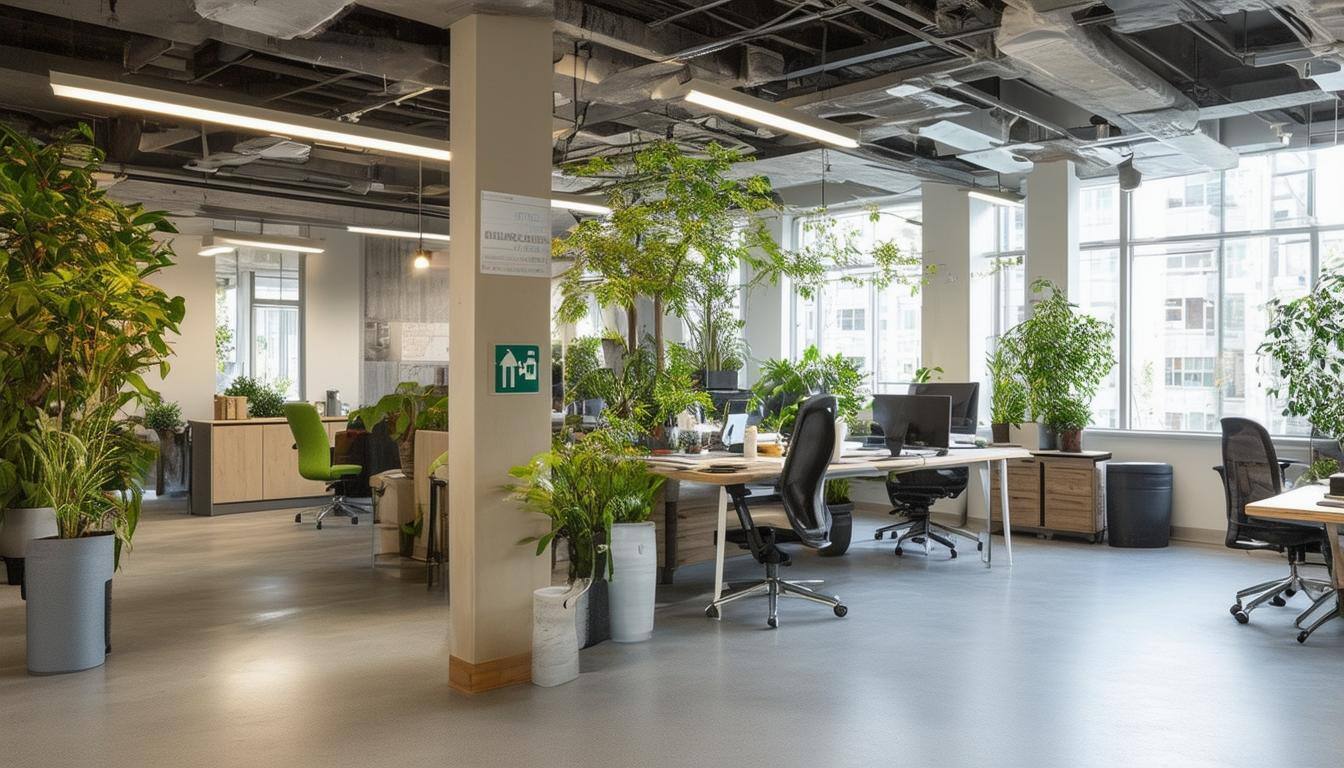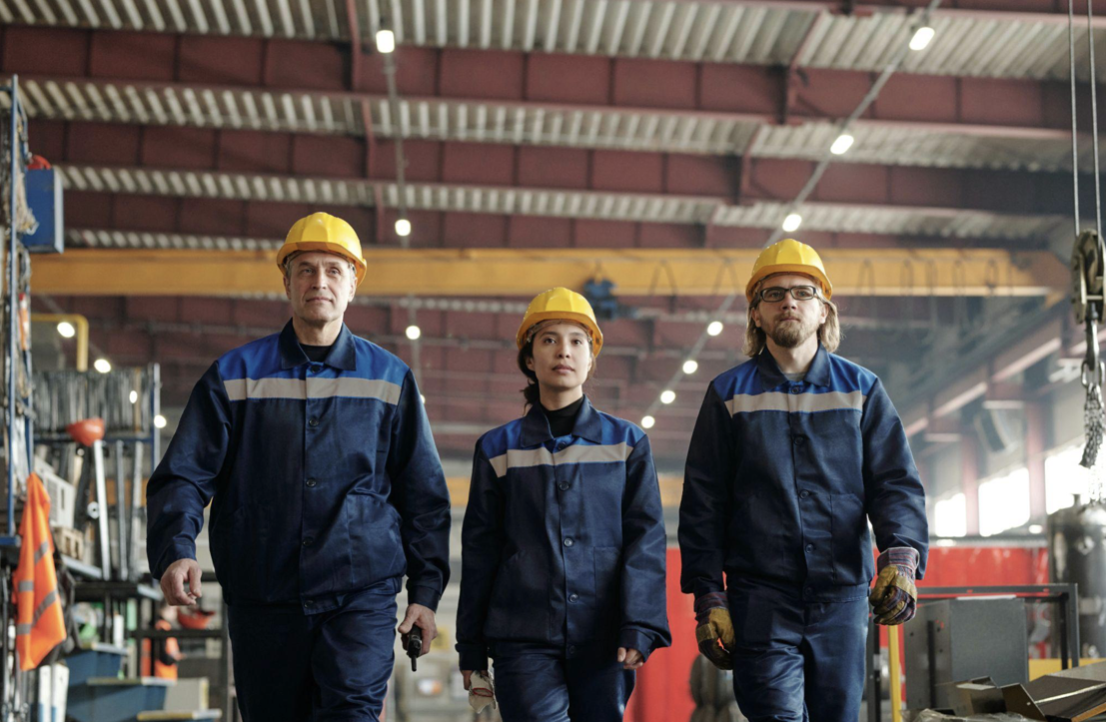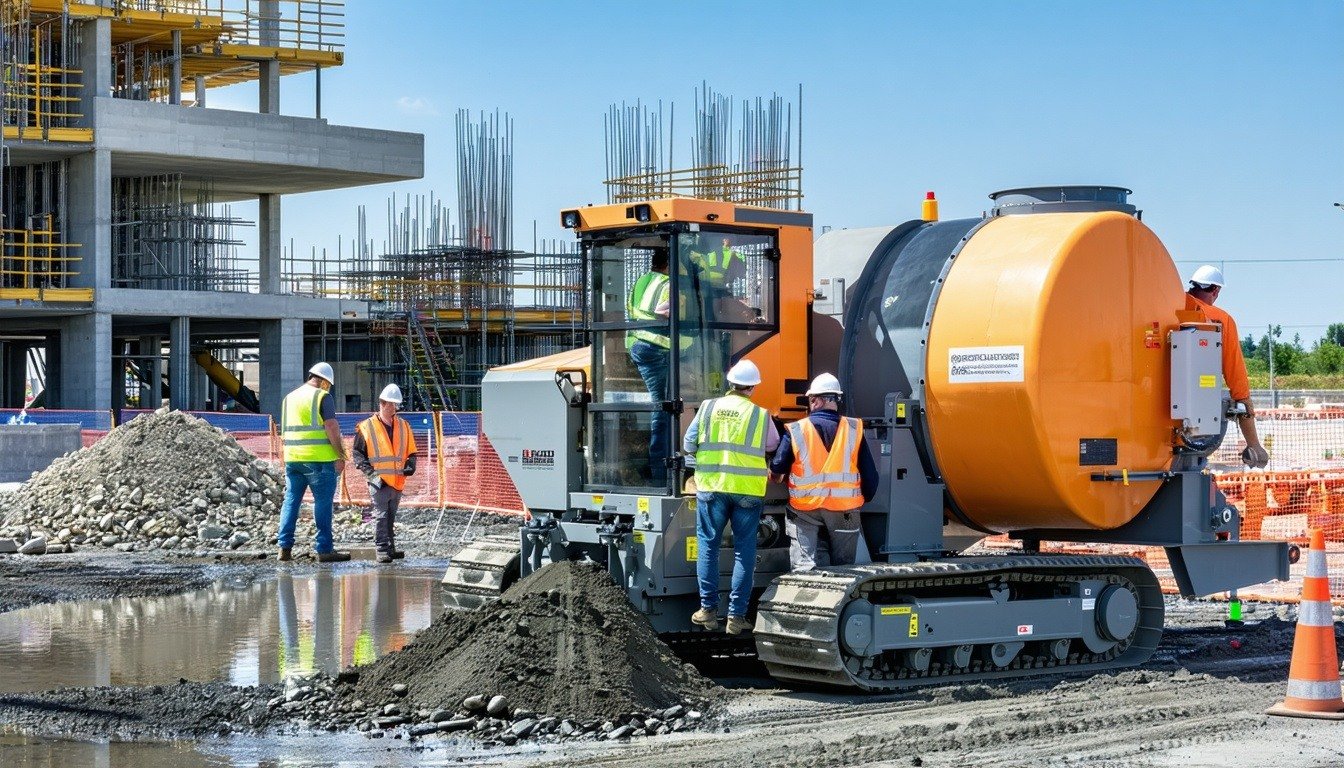The Vital Importance of Designing Workspaces That Put Safety and Well-Being First

A well-designed workspace is more than just desks and chairs—it’s a crucial factor in employee health, productivity, and overall job satisfaction. Prioritizing safety and well-being in workplace design isn’t just about meeting regulations; it’s about fostering an environment where employees feel secure, comfortable, and motivated to perform at their best.
From ergonomic furniture to proper lighting and air quality, every element plays a role in reducing workplace injuries, minimizing stress, and boosting morale. Companies that invest in safety-centric workspaces see fewer accidents, lower absenteeism, and improved retention rates. A well-thought-out design can also enhance collaboration and efficiency, creating a culture that values employees’ physical and mental well-being.
Let’s explore eight critical reasons why workplace design should always prioritize safety and well-being.
Creates a Stress-Free and Positive Work Environment
Workspaces designed with employee well-being in mind contribute to lower stress levels and better mental health. Natural lighting, proper ventilation, and designated relaxation areas help reduce workplace stress, allowing employees to recharge and stay focused. A clutter-free and organized space also contributes to a sense of calm and control, which can reduce anxiety and frustration.
However, when employers fail to address safety concerns or neglect workplace hazards, employees have the right to take action. For instance, they can contact workers compensation lawyers if they suffer from work-related injuries due to employer negligence. Lawyers can help employees understand their rights, file claims, and seek compensation for medical expenses, lost wages, and other damages
Enhances Employee Health and Reducing Workplace Injuries
A workspace designed with safety in mind helps prevent common workplace injuries such as repetitive strain, slips and falls, or ergonomic-related issues. Properly positioned desks, chairs, and computer screens can significantly reduce musculoskeletal problems, while non-slip flooring and adequate signage minimize accident risks. Additionally, well-planned layouts reduce clutter and hazards, ensuring that employees can move around safely.
Investing in employee health not only prevents costly medical expenses and compensation claims but also fosters a culture where workers feel valued and protected. A proactive approach to safety minimizes lost workdays and enhances overall workplace morale, making employees more engaged and productive in their roles.
Boosting Productivity Through Ergonomic Design
An ergonomically designed workspace directly impacts productivity. When employees work in a comfortable and safe environment, they experience fewer distractions from discomfort or pain. Adjustable chairs, sit-stand desks, and well-placed computer monitors reduce strain and fatigue, allowing employees to maintain focus and efficiency. Good ergonomics also mean fewer breaks due to discomfort, leading to higher work output.
Companies that prioritize ergonomic design show employees that their well-being is a priority, fostering a sense of loyalty and motivation. By optimizing the workspace layout, businesses can eliminate unnecessary movements and time-wasting inefficiencies, ensuring employees have the tools and support they need to perform at their best.
Minimizing Workplace Absenteeism and Sick Days
A poorly designed workplace can contribute to frequent absenteeism due to preventable health issues. Improper seating and workstation setup can lead to chronic pain, while poor air quality and ventilation increase the risk of respiratory illnesses. Noise pollution and inadequate lighting can cause headaches and fatigue, further affecting employee attendance. When businesses invest in health-focused workspace design, they create an environment that supports physical wellness, leading to fewer sick days.
Employees who feel physically comfortable and safe are less likely to experience burnout or stress-related illnesses, resulting in improved attendance rates. This proactive approach benefits both employees and the organization, maintaining productivity and reducing operational disruptions.
Enhances Employee Engagement and Job Satisfaction
A well-designed workplace sends a clear message that the company values its employees. When workers feel safe, comfortable, and supported, they are more likely to be engaged and satisfied with their jobs. Thoughtful workplace design, including quiet zones, collaborative spaces, and wellness areas, encourages employees to work efficiently and communicate effectively. Comfortable and aesthetically pleasing environments boost morale, making employees feel proud of their workspace.
Job satisfaction directly influences retention rates, meaning businesses that prioritize safety and well-being are more likely to retain top talent. When employees feel cared for, they are more motivated to contribute positively, fostering a thriving and dynamic work culture.
Supports Compliance with Workplace Safety Regulations
Workplace safety is not just about best practices—it is also a legal requirement. Companies must comply with occupational health and safety regulations to protect employees from harm. Failure to meet safety standards can result in fines, legal action, and reputational damage. Implementing a well-thought-out safety plan, including emergency exits, proper signage, and protective equipment, ensures compliance with legal obligations.
Regular safety training and risk assessments help prevent accidents and demonstrate a commitment to worker protection. By designing workspaces with safety as a priority, businesses not only avoid legal troubles but also create a culture of responsibility and accountability among employees.
Improves Collaboration and Workplace Relationships
A strategically designed workspace fosters better communication and teamwork among employees. Open floor plans, shared workstations, and comfortable meeting areas encourage collaboration, while private spaces allow for focused work when needed. Good lighting, soundproofing, and temperature control create an environment where employees can interact without distractions.
A safe and well-structured office also reduces workplace conflicts related to overcrowding, noise disturbances, or discomfort. When employees can work together seamlessly in a comfortable setting, workplace relationships improve, leading to increased cooperation and innovation. A positive work environment built around safety and well-being helps teams stay engaged, creative, and productive in their roles.
Strengthens Company Reputation and Employer Branding
Organizations that prioritize workplace safety and well-being build a strong reputation as responsible employers. In today’s competitive job market, companies that invest in employee welfare attract top talent and retain valuable workers. A well-designed workspace demonstrates commitment to employees' health, which can enhance employer branding and company culture.
Potential hires are more likely to choose a workplace that prioritizes safety, comfort, and well-being over one that disregards these factors. Moreover, satisfied employees become brand advocates, sharing positive experiences and strengthening the company’s image. A reputation for workplace excellence leads to business growth, improved employee retention, and long-term success.
Designing workspaces that prioritize safety and well-being is essential for fostering a productive, healthy, and engaged workforce. A well-thought-out environment reduces workplace injuries, minimizes stress, and enhances overall job satisfaction. When employees feel safe and valued, they are more motivated, take fewer sick days, and contribute positively to the company’s success. Businesses that invest in safe and ergonomic workspaces also strengthen their reputation and compliance with safety regulations. Ultimately, prioritizing employee well-being is not just a moral obligation but a smart business decision that leads to higher retention, improved efficiency, and long-term organizational growth. A safe workplace benefits everyone.
Related Posts
Join the movement.
Your Entourage journey starts here. Join Australia's largest community of over 500,000 business owners and entrepreneurs, and receive instant access to exclusive content and updates delivered straight to your inbox.



